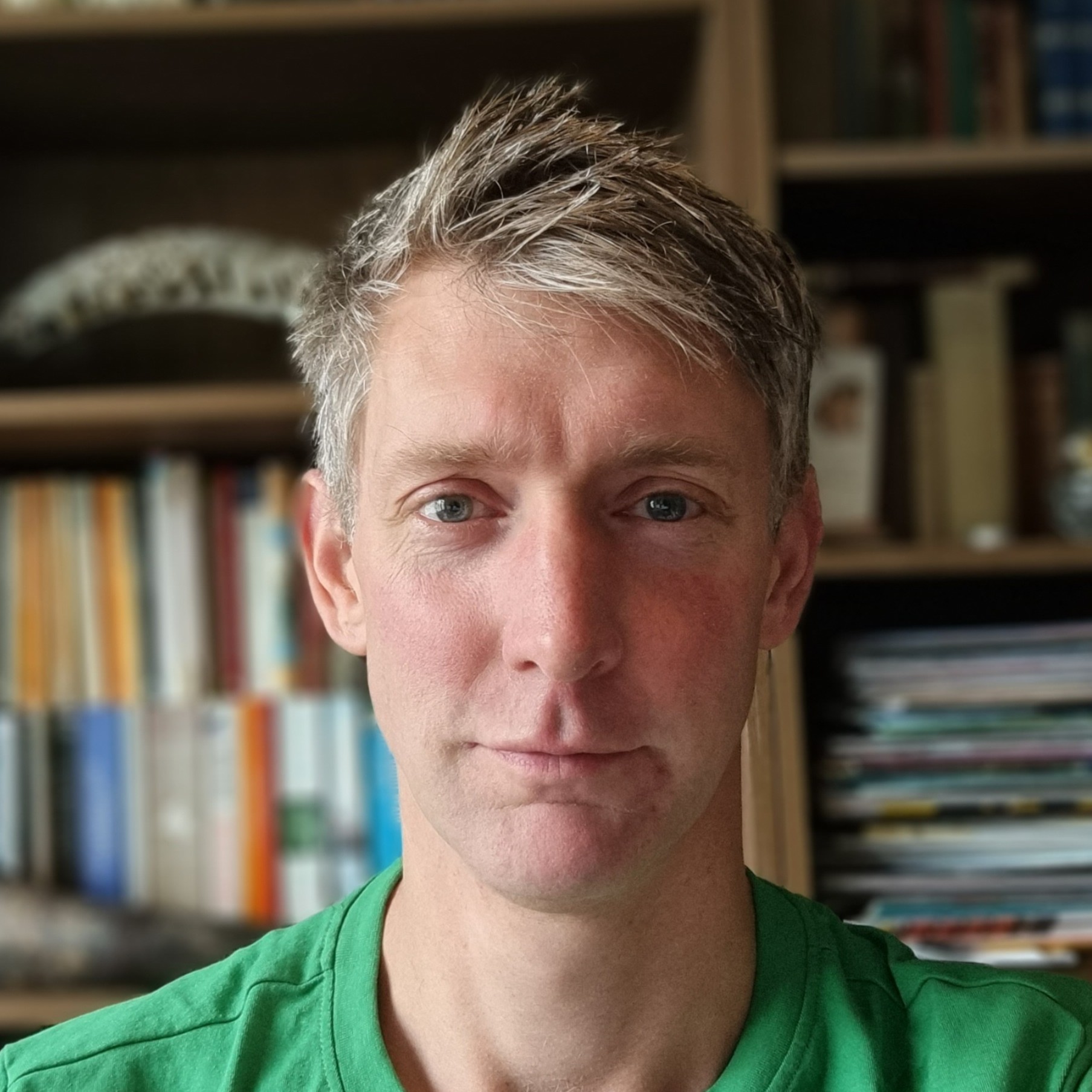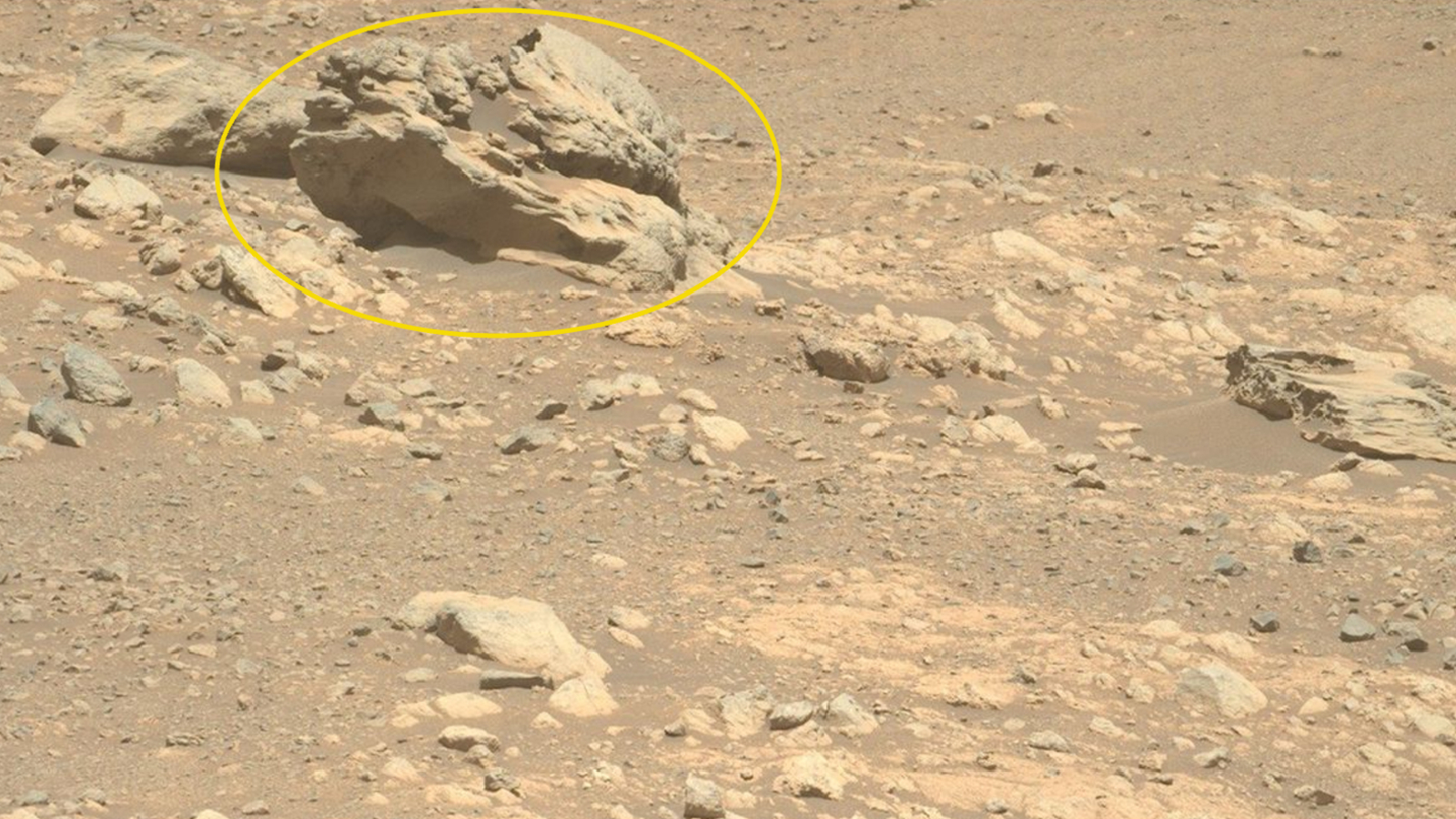Why do vultures circle?
Circling vultures aren't waiting for you to die, and seeing them should be a welcome sight because of the benefits they bring, experts say.

Vultures are often portrayed as an ominous sign of imminent death, circling high above as they wait for an injured individual below to die. But in reality, that's not the case, experts say.
"I've never heard of an actual instance of them circling a dying human. There probably aren't that many dying humans out there to get anyway," said Chris McClure at The Peregrine Fund, who leads the Global Raptor Impact Network (GRIN), a tool to gather data on birds of prey.
Instead, "vultures are soaring animals and so they ride what are called thermals," he told Live Science.
These thermals are columns of rising air caused by the sun unevenly heating Earth's surface. Warmer air is less dense than cooler air, so above heated ground, pockets of air become lighter and rise, creating an updraft.
Typically, the thermals are tornado shaped: They are small and weak near the ground, forcing vultures to turn in small circles when low down, but as the air gets warmer higher up, the thermals get larger, and the birds move in larger circles, a 2017 study revealed.
Vultures, and other raptors like eagles, buzzards and kites, use these thermals as invisible elevators to gain altitude, and then as highways to travel around while expending little energy. The birds can either stay circling the same thermal, or use some extra energy to flap off in search of another free ride.
So most of the time when you see a vulture circling, it is just staying up there where the thermals are best, saving energy and looking for carrion, or a dead animal, to eat, McClure said, or perhaps sniffing it out — some species, such as turkey vultures (Cathartes aura) have an excellent sense of smell and pick up the scent of a chemical called ethyl mercaptan released as a dead body decays to find carrion in dense forests without seeing visual cues.
Get the world’s most fascinating discoveries delivered straight to your inbox.
Once the birds have located potential food, they may circle to check that the animal is indeed dead and whether any large carnivores have already opened up the carcass — which makes it easier for a vulture to eat — and that the coast is now clear so the birds can safely descend.
The biggest misconception about vultures, however, is that they spread disease, said McClure. The birds eat dead and decaying animal carcasses including roadkill, but they are preventing disease rather than spreading it. "We call them nature's cleanup crew," he said.
This is because vulture stomachs contain a mix of strong acid and lethal bacteria, and if they feed on an animal carcass infected with anthrax, rabies, salmonella or cholera, for example, the pathogens are killed off in their stomachs and can no longer spread.
"Vultures are incredibly important for ecosystems," McClure said. "They eat carrion, and they eat lots of it."
One key example of this was when the number of Indian vultures declined precipitously, McClure said. The birds were once ubiquitous there, but more than two decades ago, they began dying because of the use of diclofenac, a non-steroidal painkiller for cattle.
Vultures that fed on carcasses of animals treated with the drug got kidney failure and died. By the mid-1990s, the vulture population had plummeted to near-zero. This meant bacteria and infections, including rabies, spread from infected carcasses that the vultures would otherwise have eaten, leading to the deaths of about half a million people between 2000 and 2005.
Tracking vultures with GPS units also provides people with another benefit, McClure said, by helping identify where poaching is happening. "There are maybe thousands of vultures out there with GPS units on them, transmitting their whereabouts. A really cool thing we are doing in Africa is using GPS-tagged vultures to catch poachers," he said. This is because vultures find carcasses before the authorities do and congregate around it. If there are a lot of vultures, it means there's a big carcass, so it might be poaching, he said.

Chris Simms is a freelance journalist who previously worked at New Scientist for more than 10 years, in roles including chief subeditor and assistant news editor. He was also a senior subeditor at Nature and has a degree in zoology from Queen Mary University of London. In recent years, he has written numerous articles for New Scientist and in 2018 was shortlisted for Best Newcomer at the Association of British Science Writers awards.
You must confirm your public display name before commenting
Please logout and then login again, you will then be prompted to enter your display name.
